In the most well-known portrait of her, Parvin Etesami, one of Iran’s most famous poets, is wearing a headscarf. She was born in March 1907 to a literary family. Her father, Yousef Etesami Ashtiani, was a writer and translator, and her maternal grandfather was a poet. She was named Rakhshandeh at birth, but she adopted the pen name of Parvin (Pleiades) and later changed her name legally.
Etesami started writing poems when she was just eight years old. Encouraged by her father, she rendered into verse some literary pieces that her father had translated from Western writers.
Many of her poems are in the form of debates, including “The debate between garlic and onion” and “The debate between pea and bean.” Her father taught her Arabic, English and classical Persian metrics before she started school. Because he was a member of parliament from Tabriz, the provincial capital of Azerbaijan, Parvin Etesami came to know constitutionalists and cultural figures from an early age.
She studied at Iran Bethel School, a girls’ high school established in 1874 by an American Presbyterian missionary organization.
She regularly recited children’s poetry for her father’s friends, who always encouraged her.
Etesami’s poems have appeared in primary and middle school textbooks for decades. Her poems express deep sentiments for the victims of tyranny and social injustice.
At her graduation ceremony in 1924, Etesami talked about the illiteracy of Iranian women. She called their lack of education and ignorance the “chronic disease of the East” and invited “thinkers and scientists” to remedy the situation so that the country of Cyrus the Great could “soar into the skies” again.
She was a member of the Ladies’ Society, a women’s rights organization founded in 1935 that campaigned against compulsory hijab. In a poem entitled “Women in Iran,” Etesami addresses the injustice and restrictions that Iranian women are facing. The last four verses declare that a “rotten chador” is not the foundation of Islam, and that chastity must be in the heart. No wonder, then, that these verses were removed when her poetry was reprinted under the Islamic Republic.
Despite the fact that her father fostered her early education, Etesami experienced gender restrictions, even within her own family. Her father “was against publishing her book of poetry before she was married,” writes her biographer Mahnaz Bahman, “and considered it unseemly considering the cultural context of the time. He believed that the publication of a young woman’s work would be seen by others as a ploy to find a husband.”
When she was 28, Parvin Etesami married a cousin of her father, the chief of police in the western city of Kermanshah, but her temperament was not compatible with the military disposition of her husband. The marriage lasted only nine months and she returned to Tehran.
After the divorce, Etesami’s father agreed to allow her to publish her first book of poems, which received a warm reception from literary figures and critics.
A short while later, she was invited to the new Pahlavi court to receive a Medal of Merit, but she refused the award. Her brother wrote that Etesami was against the dictatorship and could not have accepted such an invitation.
After the 1979 Islamic Revolution, her collected works were reprinted many times, several biographies have been published about her and a film festival and a literary award both carry her name. Supreme Leader Ayatollah Khamenei has spoken approvingly about her.
When Khamenei was hospitalized in 2014, a number of literary and artistic figures visited him. During the visit, the leader recited a line of poetry and asked his visitors to name the poet. Nobody could name the poet, so Khamenei informed them that he had recited the work of Parvin Etesami, comparing her favorably to famous, modern woman poets such as Forough Farrokhzad. He criticized those who labeled her a “poet of peas and beans.” He also accused critics of trying to “cover up” Parvin Etesami in order to elevate Farrokhzad — a poet who is certainly no favorite of the Islamic Republic.
Parvin Etesami died in April 1941 from typhoid fever at the age of 34. She was a very different poet from Forough Farrokhzad, but they both shared the experience of having lived a short but productive life.
visit the accountability section
In this section of Iran Wire, you can contact the officials and launch your campaign for various problems











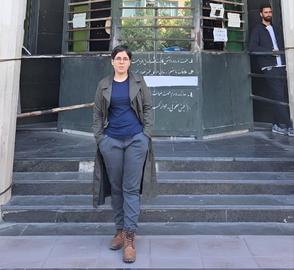
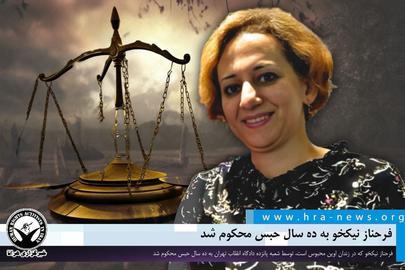
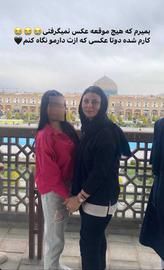

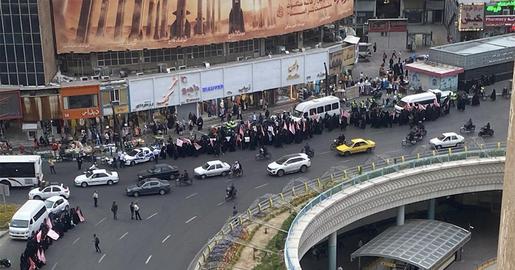
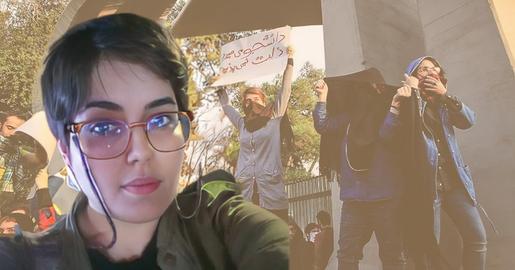



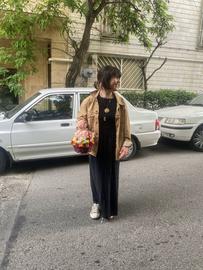
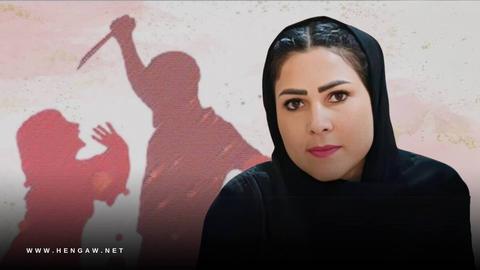




comments